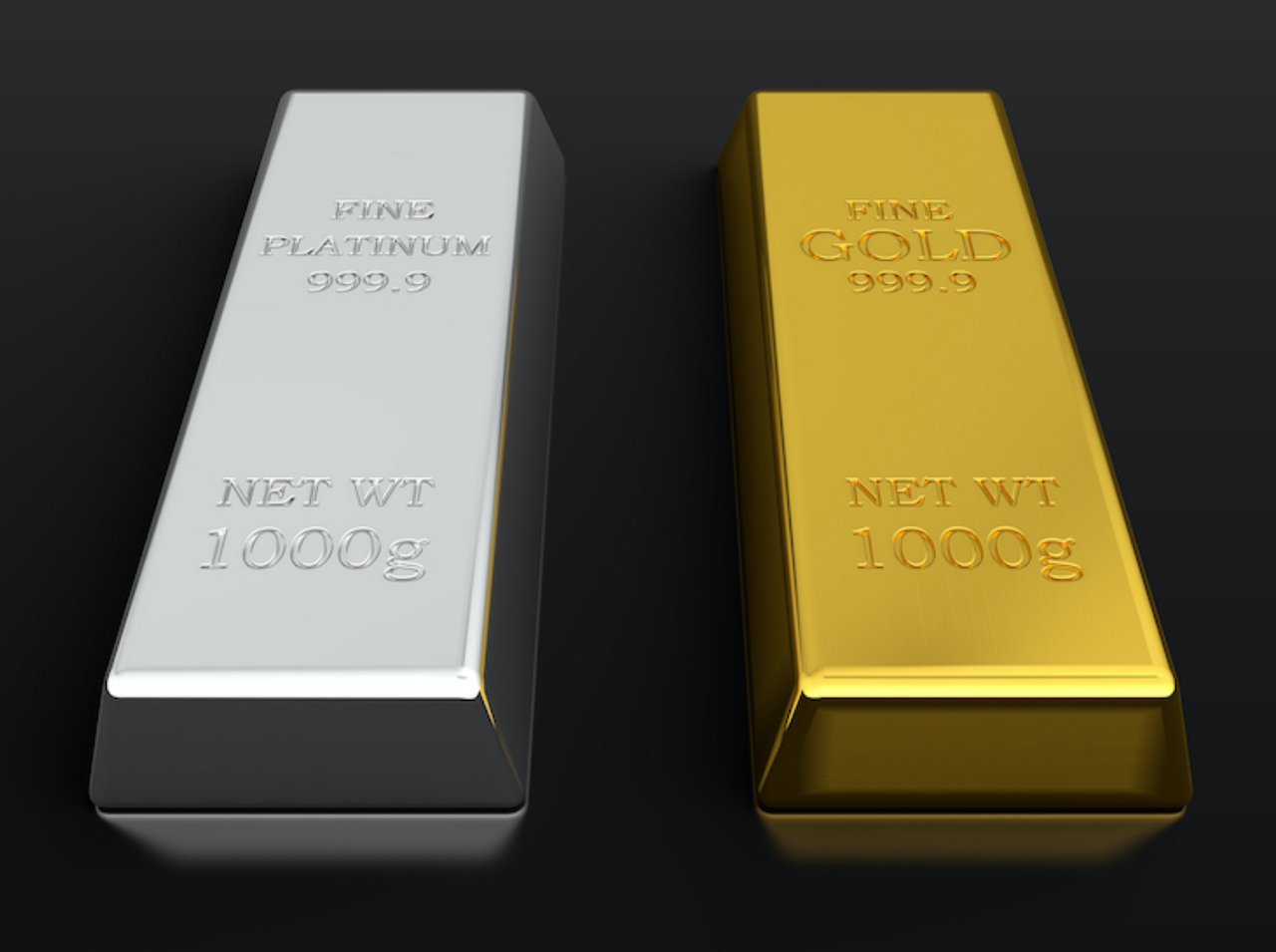When considering investments in precious metals, two of the most commonly discussed are platinum and gold. While both metals have unique properties and serve various roles in finance and industry, they are distinctly different in terms of price trends, uses, and market dynamics. This article explores these differences to help you understand what drives the prices of platinum and gold and how they compare.
Table of Contents
1. Properties and Uses
Gold is often associated with wealth and has been used for centuries in coins, jewelry, and other ornamental objects. It’s a dense metal with a bright, attractive color, and is highly malleable platinpreis vs gold, making it ideal for intricate jewelry work. Beyond aesthetics, gold is also used in electronics, dentistry, and even aerospace due to its resistance to corrosion and excellent conductivity.
Platinum, on the other hand, is a rarer metal with a unique set of properties. It’s denser and more durable than gold, making it a popular choice for high-end jewelry, especially in rings and watches. Platinum is also widely used in industrial applications, particularly in catalytic converters for automobiles, which help reduce emissions. Additionally, platinum plays a role in the chemical and petroleum industries due to its catalytic properties.
2. Price Trends and Market Factors
The price of gold is generally more stable than that of platinum, partly because it has a longer history as a store of value and is widely held by central banks. Gold prices are influenced by factors such as inflation, interest rates, currency fluctuations, and geopolitical uncertainty. When there’s economic instability, investors often turn to gold as a safe haven, leading to price increases.
In contrast, platinum’s price is more volatile, influenced by both industrial demand and investment trends. Because it’s used extensively in automobile manufacturing, the platinum market is closely tied to the health of the automotive industry and environmental regulations. Stricter emission standards can drive up demand for platinum, while shifts towards electric vehicles can reduce it. Additionally, platinum’s supply is more concentrated, with significant production coming from South Africa and Russia, making it susceptible to geopolitical risks.
3. Relative Price Comparison
Historically, platinum has often been more expensive than gold due to its rarity and industrial uses. However, in recent years, this trend has shifted. Various factors, such as a slowdown in the automotive industry and increased interest in electric vehicles, have led to periods where gold’s price surpassed platinum’s. This inversion can create interesting opportunities for investors and speculators looking for potential arbitrage.
4. Investment Considerations
When deciding between investing in platinum or gold, consider your objectives and risk tolerance. Gold is often seen as a long-term store of value and a hedge against inflation and economic uncertainty. It’s widely traded and recognized, providing liquidity and flexibility.
Platinum, with its industrial applications, can offer more significant growth potential but comes with increased volatility. If the automotive industry rebounds and demand for catalytic converters rises ringgröße herausfinden, platinum’s price could increase. However, changes in environmental policy or industry trends could negatively impact its value.
Conclusion
Both platinum and gold have their unique advantages and risks. Gold tends to offer stability and is a recognized store of value, making it a popular choice for conservative investors. Platinum, while potentially more volatile, offers opportunities tied to industrial growth and innovation. Understanding the factors that influence these metals’ prices can help you make informed investment decisions based on your financial goals and market trends.

